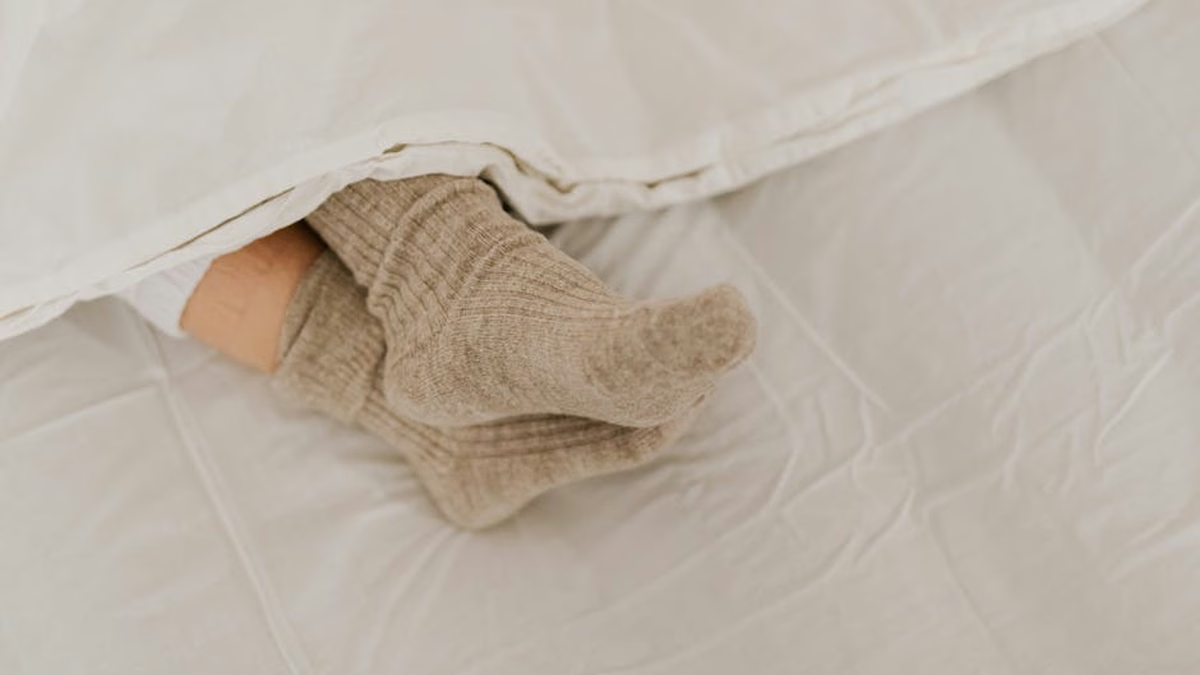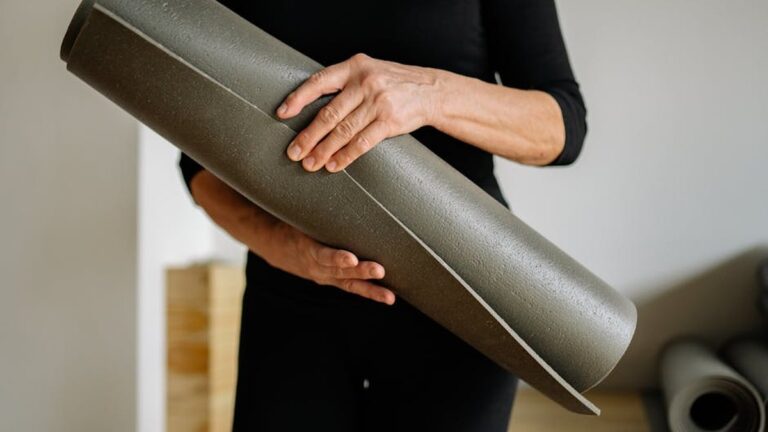Sleep Tech: Optimize Winter Sleep
Winter’s shorter days and colder temperatures can wreak havoc on our sleep patterns. As the sun sets earlier, our bodies produce more melatonin, the hormone that regulates sleep, potentially leading to increased drowsiness and disrupted sleep cycles. But fear not! Modern technology offers a powerful arsenal to combat winter sleep woes. This is where sleep tech comes in, offering innovative solutions to understand and improve sleep quality. From sophisticated sleep tracking wearables to user-friendly sleep cycle apps, the options are vast. Let’s explore how you can leverage sleep tech to optimize sleep this winter and wake up feeling refreshed and energized.
Understanding the Winter Sleep Challenge
The science behind winter sleep disruptions is rooted in our circadian rhythm, the body’s internal clock. Sunlight plays a crucial role in regulating this rhythm. Reduced sunlight exposure during winter can lead to:
- Increased melatonin production, causing daytime sleepiness.
- Disruptions in the sleep-wake cycle, making it harder to fall asleep and wake up at regular times.
- Seasonal Affective Disorder (SAD), a type of depression linked to changes in seasons, which can significantly impact sleep. According to the American Psychiatric Association, SAD affects millions of people each year.
These factors can combine to create a perfect storm for poor sleep. But before you resign yourself to a season of restless nights, consider the potential of sleep tech.
The Rise of Sleep Tech: Wearables and Apps
Sleep tech has exploded in recent years, offering a wide range of tools designed to monitor and optimize sleep. Two primary categories dominate the market: sleep tracking wearables and sleep cycle apps.
Sleep Tracking Wearables: Your Personal Sleep Lab
Sleep tracking wearables, such as smartwatches, fitness trackers, and dedicated sleep monitors, use sensors to collect data about your sleep patterns. These devices typically track:
- Sleep duration: How long you sleep each night.
- Sleep stages: Time spent in light, deep, and REM sleep.
- Heart rate: Variations in heart rate during sleep.
- Movement: Body movements and restlessness.
- Breathing patterns: Some advanced devices can even detect sleep apnea.
Popular examples include Fitbit, Apple Watch (with sleep tracking apps), and Oura Ring. These devices provide valuable insights into your sleep architecture, allowing you to identify potential problems and make informed adjustments to your sleep habits. For example, if you consistently find that you’re not getting enough deep sleep, you might consider strategies to reduce stress or improve your sleep environment.
Sleep Cycle Apps: Analyzing and Optimizing Your Sleep
Sleep cycle apps, often used in conjunction with wearables or as standalone solutions, analyze sleep data and provide personalized recommendations for improving sleep quality. These apps often offer features such as:
- Smart alarm clocks: Waking you up during a light sleep phase for a more refreshed feeling.
- Sleep soundscapes: Playing relaxing sounds to promote sleep.
- Guided meditations: Helping you wind down before bed.
- Sleep tracking: Using your phone’s accelerometer to track movement and estimate sleep stages.
Examples include Sleep Cycle, Pillow, and Calm (which offers sleep stories and meditations). These apps can help you understand your sleep patterns and implement strategies to optimize sleep based on your individual needs.
Practical Tips for Optimizing Sleep with Tech This Winter
Now that you understand the basics of sleep tech, let’s explore some practical tips for using it to optimize sleep this winter:
- Establish a Consistent Sleep Schedule: Go to bed and wake up at the same time each day, even on weekends, to regulate your circadian rhythm. Use your sleep tracking wearable to monitor your sleep consistency and identify any deviations.
- Create a Relaxing Bedtime Routine: Wind down with a warm bath, reading, or meditation. Use a sleep cycle app with guided meditations or relaxing soundscapes to promote relaxation.
- Optimize Your Sleep Environment: Make sure your bedroom is dark, quiet, and cool. Consider using blackout curtains, earplugs, or a white noise machine.
- Limit Screen Time Before Bed: The blue light emitted from electronic devices can interfere with melatonin production. Use a blue light filter on your devices or avoid screen time altogether for at least an hour before bed.
- Monitor Your Caffeine and Alcohol Intake: Avoid caffeine and alcohol close to bedtime, as they can disrupt sleep.
- Use a Smart Alarm Clock: Wake up feeling more refreshed by using a sleep cycle app with a smart alarm clock that wakes you during a light sleep phase.
- Analyze Your Sleep Data: Regularly review the data collected by your sleep tracking wearable or app to identify patterns and potential problems.
- Consult a Healthcare Professional: If you’re experiencing persistent sleep problems, consult a doctor or sleep specialist. Sleep tech can provide valuable data, but it’s not a substitute for professional medical advice.
Case Studies and Examples
Consider the case of Sarah, a 35-year-old marketing professional who struggled with insomnia during the winter months. She started using a Fitbit to track her sleep and discovered that she was only getting an average of 5 hours of sleep per night, with very little deep sleep. She then used a sleep cycle app with guided meditations to help her wind down before bed and started going to bed and waking up at the same time each day. Within a few weeks, she noticed a significant improvement in her sleep quality and energy levels.
Another example is John, a 48-year-old engineer who suspected he might have sleep apnea. He used a sleep tracking wearable that could detect breathing patterns and noticed that he was experiencing frequent pauses in his breathing during sleep. He then consulted a doctor, who diagnosed him with sleep apnea and prescribed a CPAP machine. The sleep tech helped him identify a potential health problem and seek appropriate treatment.
The Future of Sleep Tech
The field of sleep tech is constantly evolving, with new innovations emerging all the time. Future trends include:
- More sophisticated sensors that can track a wider range of sleep parameters.
- Artificial intelligence (AI) powered apps that provide personalized sleep recommendations.
- Integration of sleep tech with other health and wellness technologies.
- Non-wearable sleep tracking solutions, such as smart beds and ambient sensors.
As technology continues to advance, sleep tech will become an even more powerful tool for improving sleep quality and overall health.
References
-
Sleep Foundation
– Comprehensive sleep health information and research. -
National Institutes of Health Sleep Health
– National Institutes of Health sleep science and guidelines. -
Mayo Clinic Sleep Guide
– Medical sleep advice from Mayo Clinic experts.
Conclusion
Don’t let winter’s shorter days and colder temperatures disrupt your sleep. By leveraging the power of sleep tech, you can optimize sleep this winter and wake up feeling refreshed and energized. Experiment with different sleep tracking wearables and sleep cycle apps to find the solutions that work best for you. Remember to combine sleep tech with healthy sleep habits for the best results. Prioritize your sleep, and you’ll be well on your way to a healthier and happier winter season. With the right tools and strategies, you can harness the power of sleep tech to improve sleep quality and make this winter your most restful yet. Start exploring the possibilities today and take control of your sleep!






